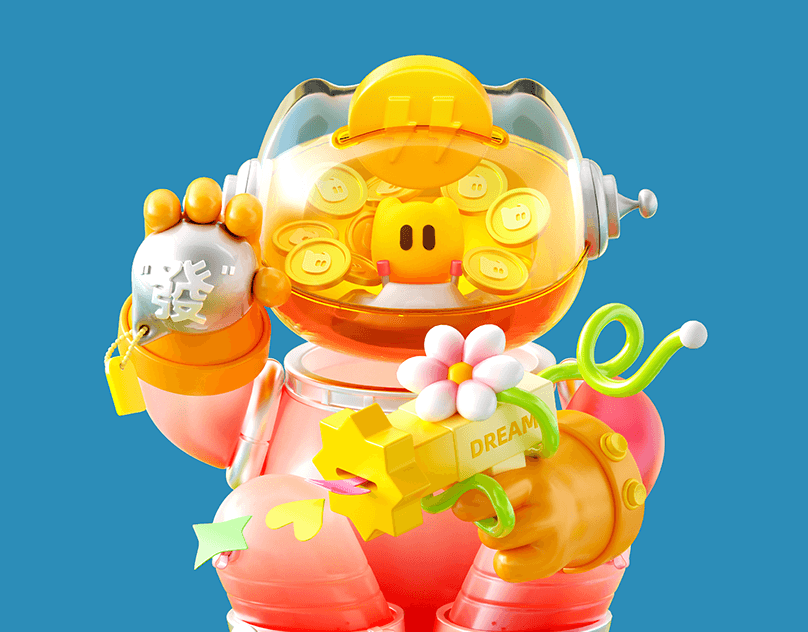
Here my primary focus was on the condensation on the glass - there are a fair few ways to approach this, and I've just learned a new one I like a lot, as it has some inherent flexibility, and I think it would work well with animation too.
This uses particle systems for the location of the individual drops, and modo's "blobs" to form the actual drops - that way as particles slide down due to gravity, when blobs contact, they merge, exactly as a water drop does - and note here that I'm doing this not in a separate fluid sim environment, like Realflow, Houdini or Niaid - this is all just native modo.
Even though the condensation was the main focus, I am still quite happy with the caustic light refraction effect on the hammered copper bar surface.
This uses particle systems for the location of the individual drops, and modo's "blobs" to form the actual drops - that way as particles slide down due to gravity, when blobs contact, they merge, exactly as a water drop does - and note here that I'm doing this not in a separate fluid sim environment, like Realflow, Houdini or Niaid - this is all just native modo.
Even though the condensation was the main focus, I am still quite happy with the caustic light refraction effect on the hammered copper bar surface.

Playing here with abstract forms as a base for Physically Based Renderer shaders - the new physically based materials I've been playing with are far more true-to-life in final renders - especially metals, ceramic and glass. I decided to do some abstract form play whilst I was at it, to give the PBR shaders some near and far reflections and AO to work with.

Experimenting with modified glass shaders - applying some elements of thin film, all over a Physically Based Render shader... though there is some noise in the final render, I think that overall I like the results.

Developing a hammered copper material - similar to a bar top I see at my local gastropub.

Cedar planking with countersunk fasteners and a 1/2" gap between members.

Metal panel wall system - although it looks like there are quite a few polys here, there's actually one single cube - the addictional detail is build into the shader.

Brushed steel siding.

Anodized orange metal siding.

Galvanized metal siding - no roughness or bump - faster rendertime.

Dark coated metal siding worn with time and weather.
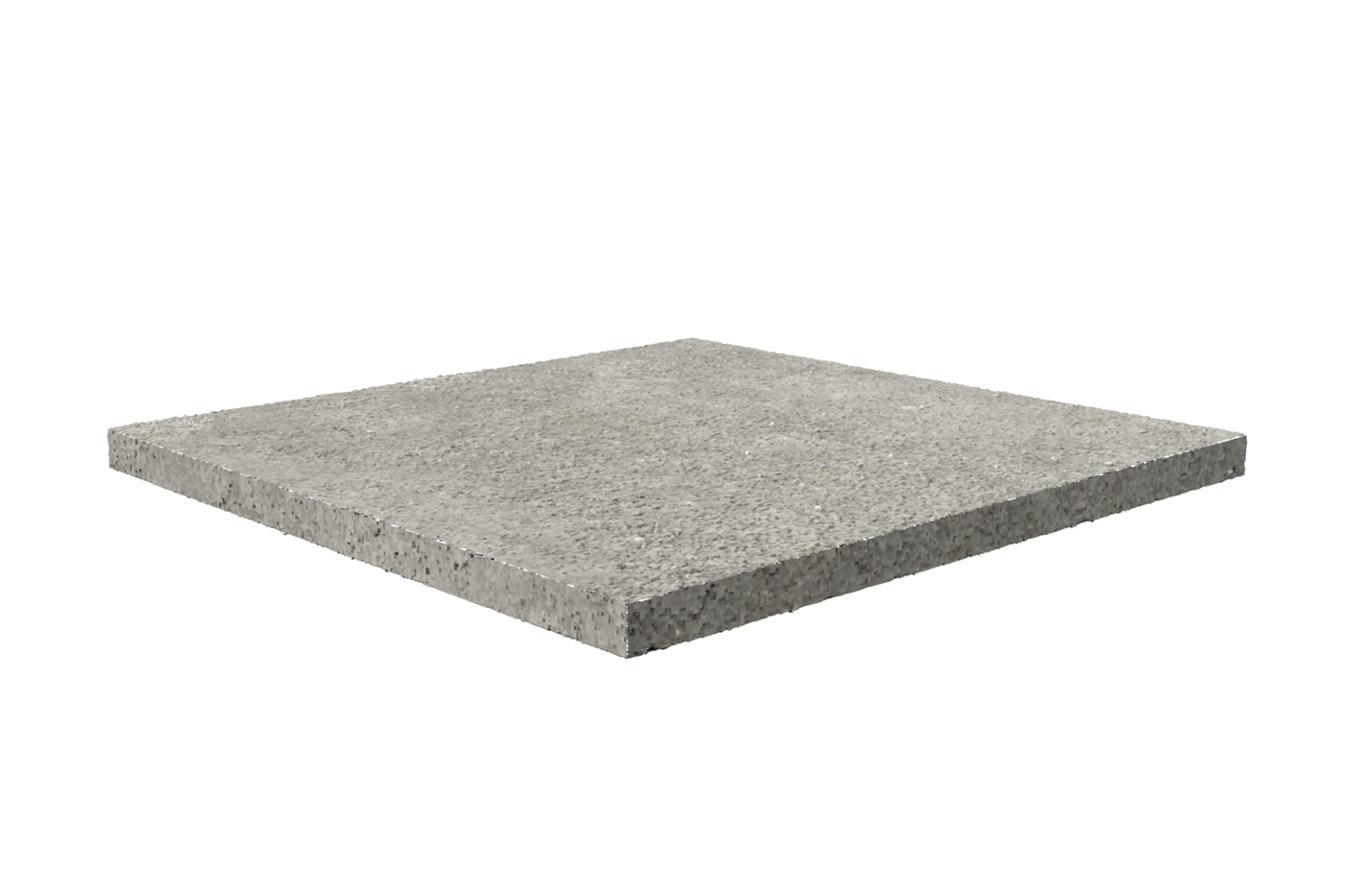
Rough concrete, midsized aggregate.
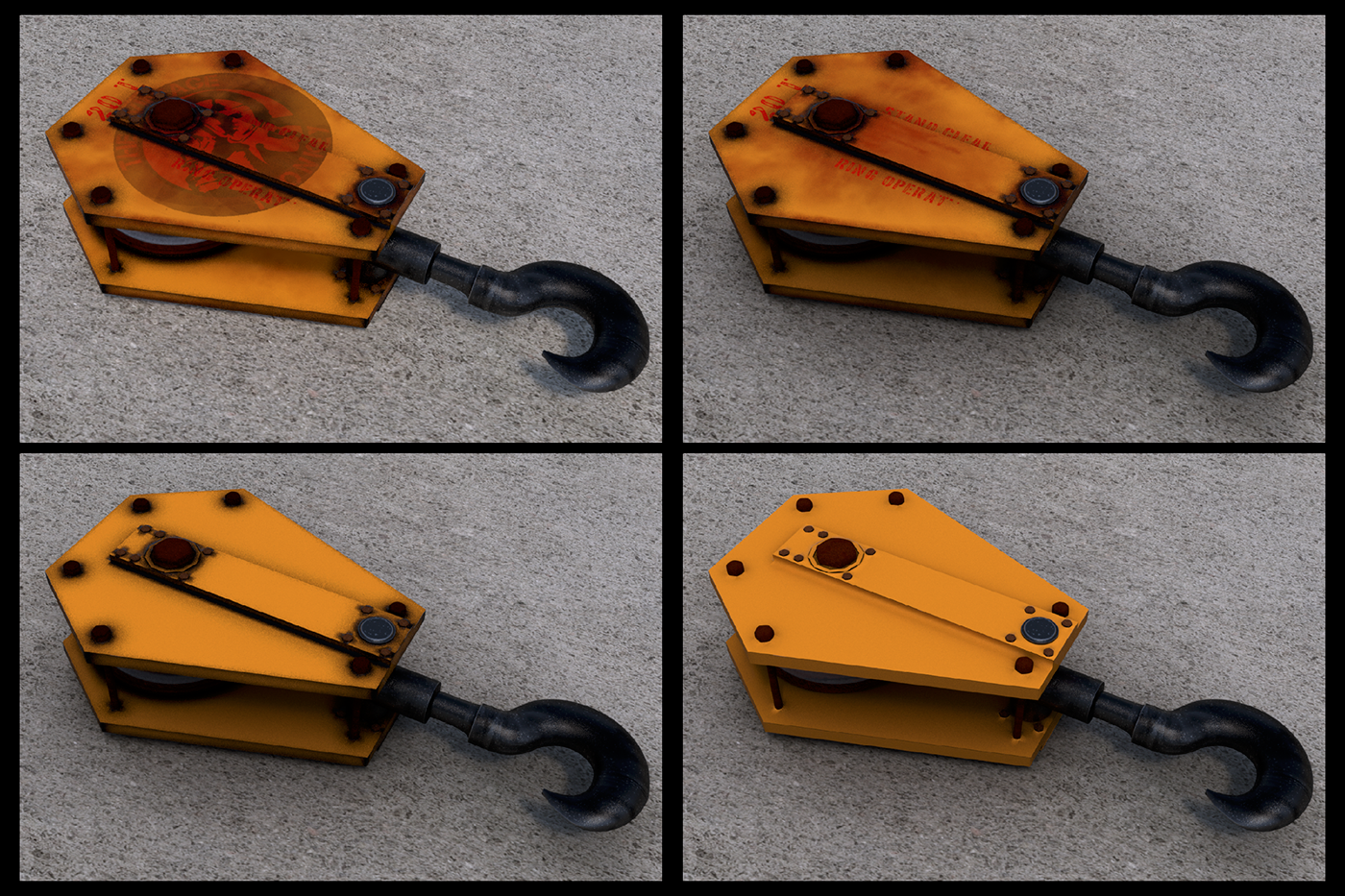
Client asked for a crane-hook block and tackle, and as the development progressed, they wanted it dirtier and more real in feel - here you see the first few iterations.
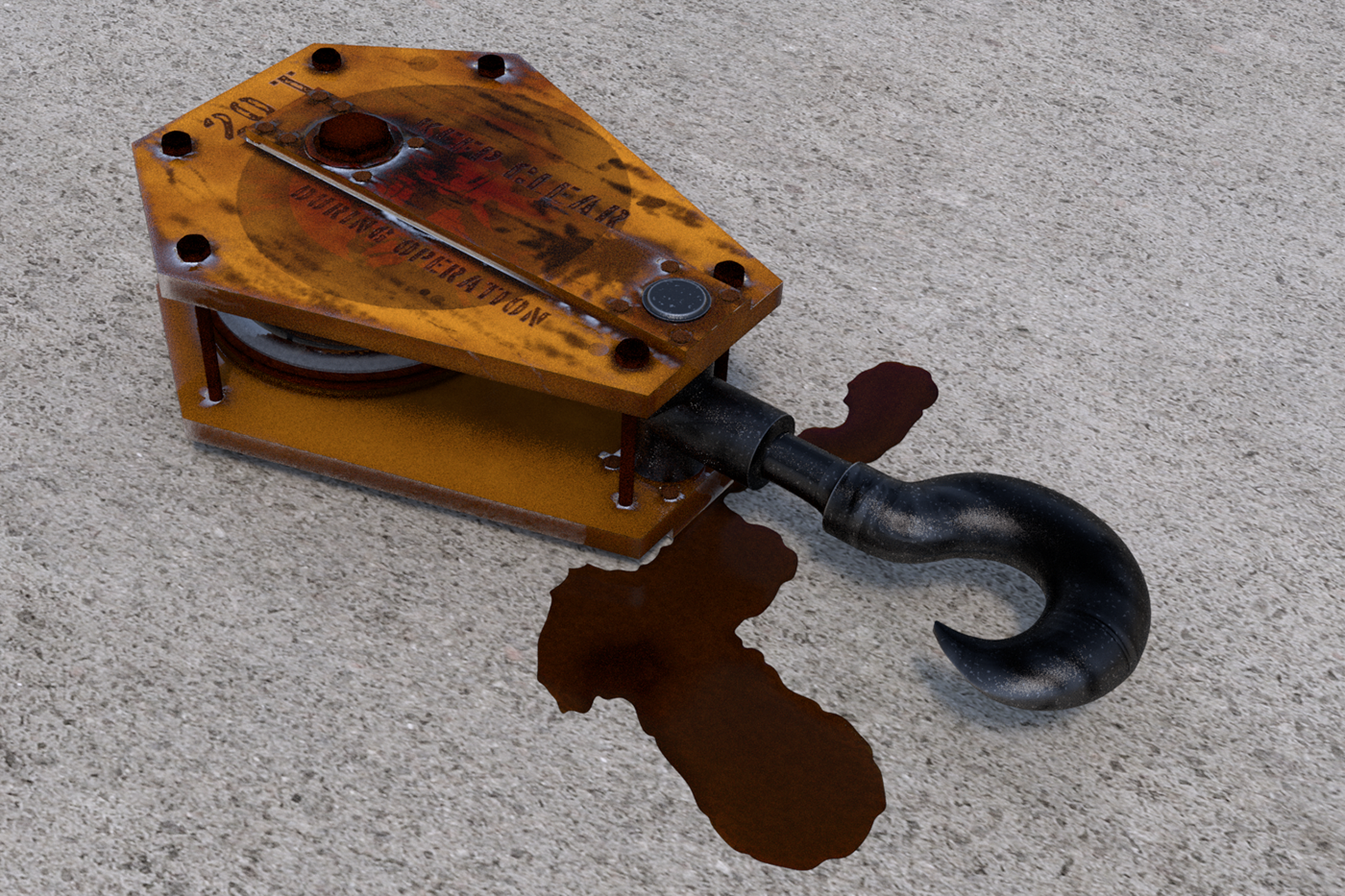
This is how we ended up.
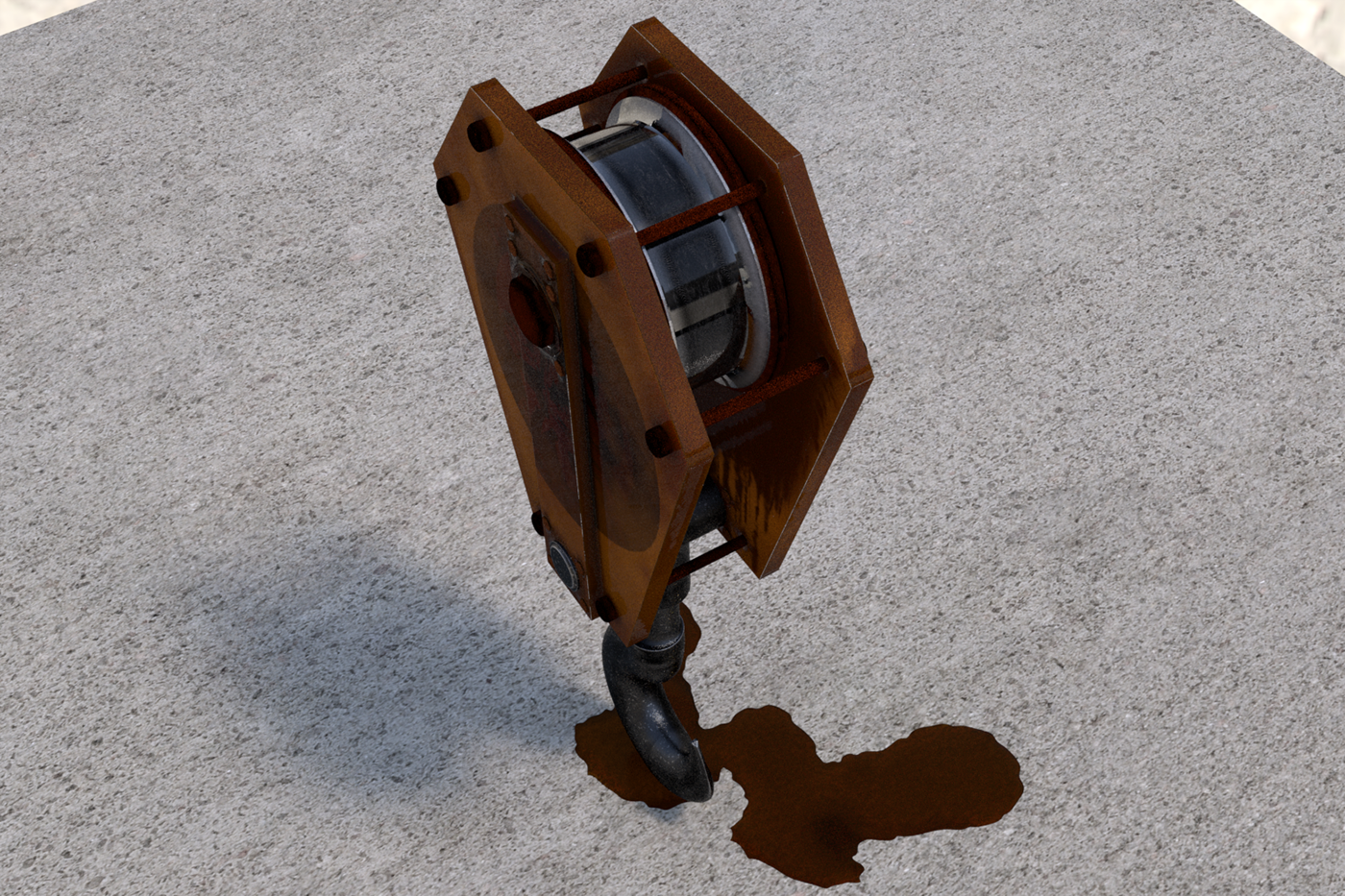
Note that even the smooth, polished metal of the spool inside walls are mottled and worn with time and weather exposure.

The difference materiality / shaders can make is amazing - these two renders, above and below this text - the same geometry, and a completely different feel and design implication.


I'm very happy with the worn copper on this lamp - the scratches and the occlusion-based edge wear work well to add human warmth to the image.
The very similar but differentiated plastics and rubber-like surfaces of a graphics tablet present some challenges to make pop without being overstated.




Playing with a form similar to a traditional Polynesian fishing hook, with koa wood and bone as the primary materials.

Worn and bubbling blue paint over metal.

This is a low-poly model from 3D Warehouse, conveted from SketchUp - what makes it work is the time spent retexturing this to get good materiality - from the diamond diffraction pattern of the in-mirror indicator lamps to the complex fairing paint shader, to the headlamp materials and the ramped colour output of the HID bulb (which is a lumious shader versus a light item) this bike now looks decent enough for midground work, all with relatively little time invested in the asset to get to this point. There was some geometry cleanup done, but relatively little.

Creating a decent fur-based grass shader for arch viz projects requires not only that the results look convincing, but that the rendertimes are not outrageous into the bargain - this is one of many tests I've done - this result is decent for lawns, planting strips etc where a manicured but realistic look is called for.

